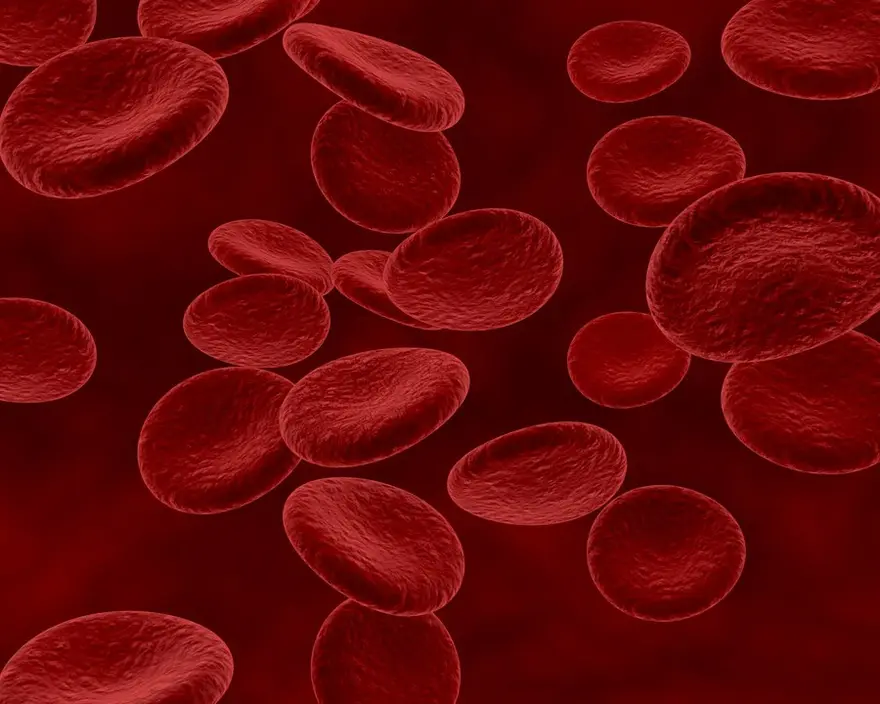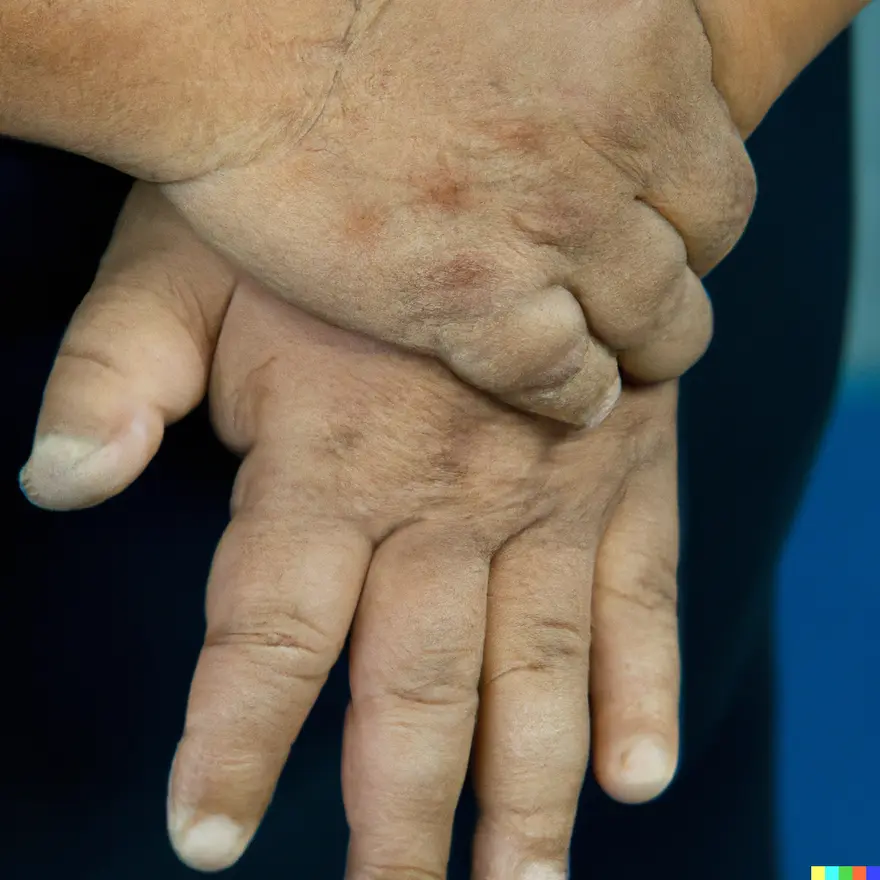Preventive Healthcare
Diabetes: What It Is, Types Causes, Treatment & Controls
9180 Views
0

Diabetes is a chronic (long-lasting) disease in which the body either cannot produce enough insulin or cannot effectively use it.
Your body breaks your food down into a sugar called glucose, which is used for energy. Insulin helps your cells absorb and use the glucose from your blood.
Without enough insulin, glucose builds up in your blood instead of being absorbed by your cells, leading to high blood sugar levels. This leads to uncontrolled levels of glucose in the blood, which can lead to various complications such as heart disease, nerve damage, and kidney damage.
This article will discuss if there is a permanent cure for diabetes and how to control diabetes.
What are The Types of Diabetes?
Types of Diabetes include Type 1, Type 2, and gestational diabetes.
Type 1 Diabetes, also known as juvenile diabetes, is an autoimmune disease in which the body's immune system attacks and destroys the cells that produce insulin.
Type 1 diabetes is not preventable, and there is no permanent cure for diabetes. However, it can be managed through insulin injections and a healthy lifestyle.
Type 2 Diabetes, on the other hand, occurs when the body becomes resistant to insulin or cannot produce enough insulin.
It is often related to obesity and a sedentary lifestyle but can also be genetic. It can be managed through diet, exercise, medication, and other tips, which we will provide further in this article; however, there is still no permanent cure for diabetes.
Gestational Diabetes occurs during pregnancy and typically resolves after the baby is born, which means that this is the only type where diabetes is cured. However, women with gestational diabetes are at increased risk of developing type 2 diabetes later in life.
What Causes Diabetes?
Although the exact cause of diabetes is unknown, some factors can increase your risk of developing the disease, including genetics, obesity, a sedentary lifestyle, and race/ethnicity. The effects of diabetes are seen over a period of time. The longer you have diabetes and the less control you have over your blood sugar, the higher the risk of complications, some of them life-threatening.
Dangers of Diabetes include
- Heart disease (cardiovascular) - heart attack, chest pain (angina), narrowing of arteries (atherosclerosis), and stroke.
- Nerve Damage (neuropathy) - Consuming large amounts of sugar can damage the walls of the small blood vessels (capillaries) that provide nutrients to the nerves. This can cause numbness, tingling, burning, or pain that generally starts from the tips of the fingers or toes and spreads upward, especially in the legs.
- Kidney Damage (nephropathy) -The kidneys are essential in filtering waste from the blood and are made up of millions of tiny blood vessel clusters (glomeruli). Diabetes damages this very delicate filtering system.
- Eye Damage and Vision Loss (retinopathy) - Diabetic retinopathy is a diabetes-related condition that damages the blood vessels in your eyes and could lead to blindness.
- Foot Problems Leading to Amputation - Poor blood circulation and nerve damage in the feet are major risk factors for developing various foot conditions, which can sometimes lead to amputation.
- Skin and Mouth Conditions - If you have diabetes, you may be more likely to develop skin infections from bacteria or fungus.
- Hearing Impairment - People with diabetes are more likely to experience hearing problems.
How to Control Diabetes?
- Maintaining Good Blood Sugar Control - Since diabetes is a lifestyle disease, continuous monitoring is highly recommended.
- Regular Physical Activity of any intensity is the ultimate redemption for a diabetes patient. Walking for 30-45 minutes is an excellent start, as when we engage in physical activity, our body uses glucose to provide energy.
- Aerobic Exercise. The goal is to do 30 minutes or more of moderate-to-vigorous aerobic exercise most days of the week, for at least 150 minutes per week. Swimming, brisk walking, running, and biking are all activities that can help you reach this goal.
- Resistance Exercise - Engaging in resistance training a few times each week can help improve your strength, balance, and overall fitness. Resistance training refers to exercises that work against some form of resistance, such as weightlifting, yoga, or callisthenics.
- Limited Inactivity. If you want to help control your blood sugar levels, try breaking up long periods of inactivity by doing a light activity every 30 minutes. This could include standing or walking around for a few minutes.
- Quitting Smoking - Smoking can increase your risk for nerve damage and other complications. Smoking also damages the lungs, indirectly weakening your body's ability to fight infections.
- Maintaining a Healthy Weight - Being overweight or obese puts extra strain on the body's systems, especially the heart and circulatory system, and obesity increases the additional risk of complications for diabetes.
- Healthy Eating Habits - You may worry that giving up foods you enjoy is a necessary part of living with diabetes, but this does not have to be the case. While you may still be able to eat some of your favourite foods, you'll likely need to consume less of them or not as often.
The Food Groups are:
- Vegetables - non-starchy: include carrots, broccoli, tomatoes, greens, peppers
- starchy: includes corn, potatoes, and green peas
- Fruits - include apples, grapes, melon, bananas, berries, and oranges
- Grains - rice, wheat, cornmeal, oats, quinoa, and barley
- Protein - lean meat, chicken or turkey, fish, eggs
- Dairy - nonfat or low fat, milk or lactose-free milk, yoghurt, cheese
Additionally, receiving recommended screenings for potential complications, such as diabetic retinopathy (eye damage), kidney disease, and cardiovascular disease, can help catch and treat any issues early on.
Proper foot care is also essential for diabetes patients, as nerve damage and poor circulation can lead to foot complications.
Since there is no permanent cure for diabetes, regular check-ups with a healthcare provider can also help prevent, control, or delay any diabetic complications.
Conclusion
While there is no way that diabetes can be cured permanently, it can be managed and controlled through medication, healthy lifestyle choices, blood sugar monitoring, and regular medical check-ups. People with diabetes can still live long and healthy life with proper care and management. It is important to seek help from healthcare professionals to create personalised plans for managing diabetes. Remember, diabetes is a journey that requires continuous effort to make better choices for your health every day. Stay motivated, and never give up on taking care of yourself.
 Home Visit
Home Visit Upload
Upload














1701259759.webp)









 WhatsApp
WhatsApp